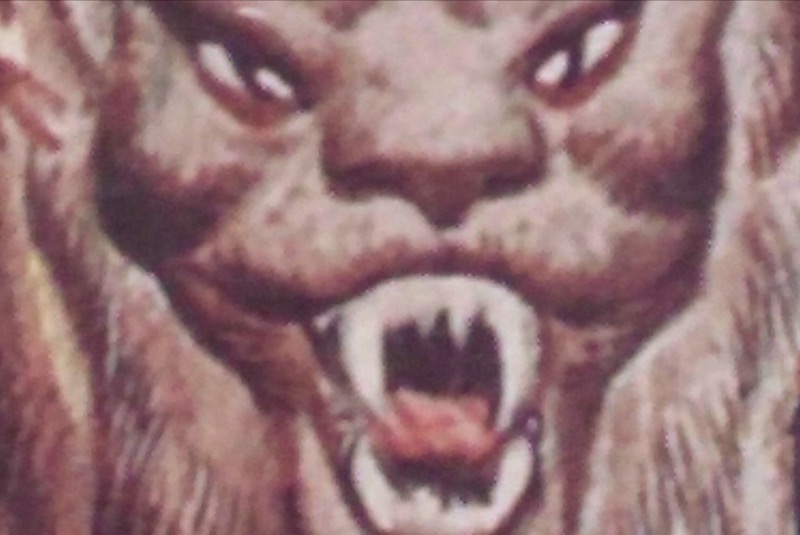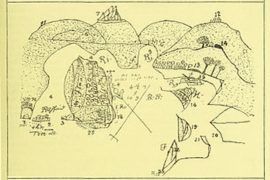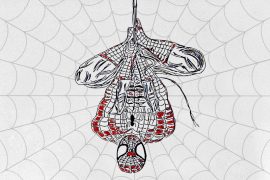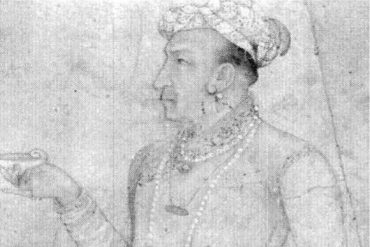In 1892, Mercy Brown, a 19-year-old from Exeter, Rhode Island, succumbed to Tuberculosis. Her mother and sister had died, and Edwin, her brother, was also suffering.
The neighbours, who thought the dead ‘Brown woman’ was hurting Edwin, dug into Mercy’s grave. When they discovered blood around her lips and heart, they declared her a vampire; they promptly burnt Mercy’s heart and blended the ashes into a concoction for Edwin to drink, a standard anti-vampire remedy. The medicine did not cure him. He died a few months later.
Legends about ‘Vampires’ first emerged during the time of the Ancient Greeks. The undead figure that appears each night from his grave to suck the blood of the living has symbolised many things over the years.
In recent years, vampires have been dramatised and somewhat glorified. In Twilight films, the actor Robert Pattinson’s depiction of the dreamy Vampire Edward Cullen was a rage amongst teenagers at the time.
But how did the legend of Vampires come to be?
Before medical science advanced, diseases took lives in great numbers. Today, the average life expectancy of humans is around 78 years, but during the times of Socrates and Plato, it was just 28 years or so. There were rarely any scientific explanations as to why people suffered, felt pain, or acted differently, which directed them towards superstitions and supernatural legends.
The legend of the Vampire arose from the belief that the dead came back to hurt the living. These fables evolved due to an incorrect understanding of how corpses disintegrate.
As a corpse’s skin shrinks, its teeth and fingernails may seem to lengthen. The internal organs deteriorate, causing a dark liquid to flow from the nose and mouth. People mistook this fluid for blood and thought the dead were sipping it from the living.
People did not always know whether a person was dead because they lacked scientific knowledge. For instance, diseases like catalepsy – a temporary medical condition in which someone is not entirely conscious of themselves – cause a condition in which the pulse is difficult to detect. As a result, victims/patients were buried before their death. If they woke up, they went insane from terror and hunger and bit themselves—another possible reason for some of the bodies discovered with fresh blood.
Take another medical disorder that supports the Vampire myth – Porphyria. A hereditary liver disorder, Porphyria impacts heme, a chemical molecule that contributes to the formation of haemoglobin. When the sufferers’ skin is exposed to sunlight, it causes itching, rashes, and blisters.
In rare circumstances, the gums retract from the teeth, causing them to seem much larger. Their excrement is purple-coloured, and the symptoms of light sensitivity sometimes cause the victims to lose their ears and noses; a physiognomy mirrored in the appearance of vampires like Nosferatu.
Roger Luckhurst, the author who edited the Oxford World’s Classic edition of Bram Stoker’s Dracula, investigated the circumstances that fostered the belief in vampires. According to his research, the legend gained prominence in the early eighteenth century. Speaking to the BBC, he said:
The first mention of the word Vampire in the English language is in the 1730s, in newspapers which carry reports from the edge of Europe, of bodies being dug up and looking bloated, and having fresh blood around their mouths. They report that these stories have come from peasants, but they make them sound very plausible.
The legends of Vampire migrated westward from eastern European countries, mainly rural hamlets such as Transylvania. According to Desiree Lyon Howe from the American Porphyria Foundation, only a few hundred severe instances of Porphyria existed at any time around the world. However, its prevalence could be higher in ‘societies with less interaction beyond borders and a less diverse gene pool.’
Furthermore, Vampire scares coincided with plague outbreaks. Vampire legends persisted in European countries throughout the seventeenth and eighteenth centuries. When disaster struck, people blamed an ‘undead’ for preying on the living. The first thing they did was find the last individual who died in the community and dig their grave.
People used to believe that vampires were behind the hidden powers that were slowly killing their towns before they learned how illnesses propagated. Attempting to kill vampires or keep them from consuming other human’s blood was a way for humans to feel in control of sickness. “The one constant in the evolution of vampire legend has been its close association with disease,” Mark Collins Jenkins wrote in his book Vampire Forensics.
The evolution of vampires indicates that they were not just carriers for illnesses; they also came from other regions and the people who dwell there, a manifestation of xenophobia. The Vampire has always been from someplace far away.
“It always comes from somewhere else; in Ancient Greece, the barbarians from beyond the Greek world were cannibals and bloodsuckers and able to do all sorts of black magic that they weren’t. In other places, it was the pagan tribes,” Luckhurst explained.
Over time, vampires evolved to continuously symbolise the strange outsider, reflecting the xenophobic nature of medieval Europeans. Race relations conflicts are often portrayed in the 1972 film, Blackula, and Anne Rice’s Interview with a Vampire was symbolic of the homophobia of the time.
Fear, ignorance and superstitions sans medical knowledge pushed strange narratives about Vampires. And over the centuries, they became dramatised and glamorised, creating a subculture based on superstition and ignorance.
-30-
Copyright©Madras Courier, All Rights Reserved. You may share using our article tools. Please don't cut articles from madrascourier.com and redistribute by email, post to the web, mobile phone or social media.Please send in your feed back and comments to editor@madrascourier.com











